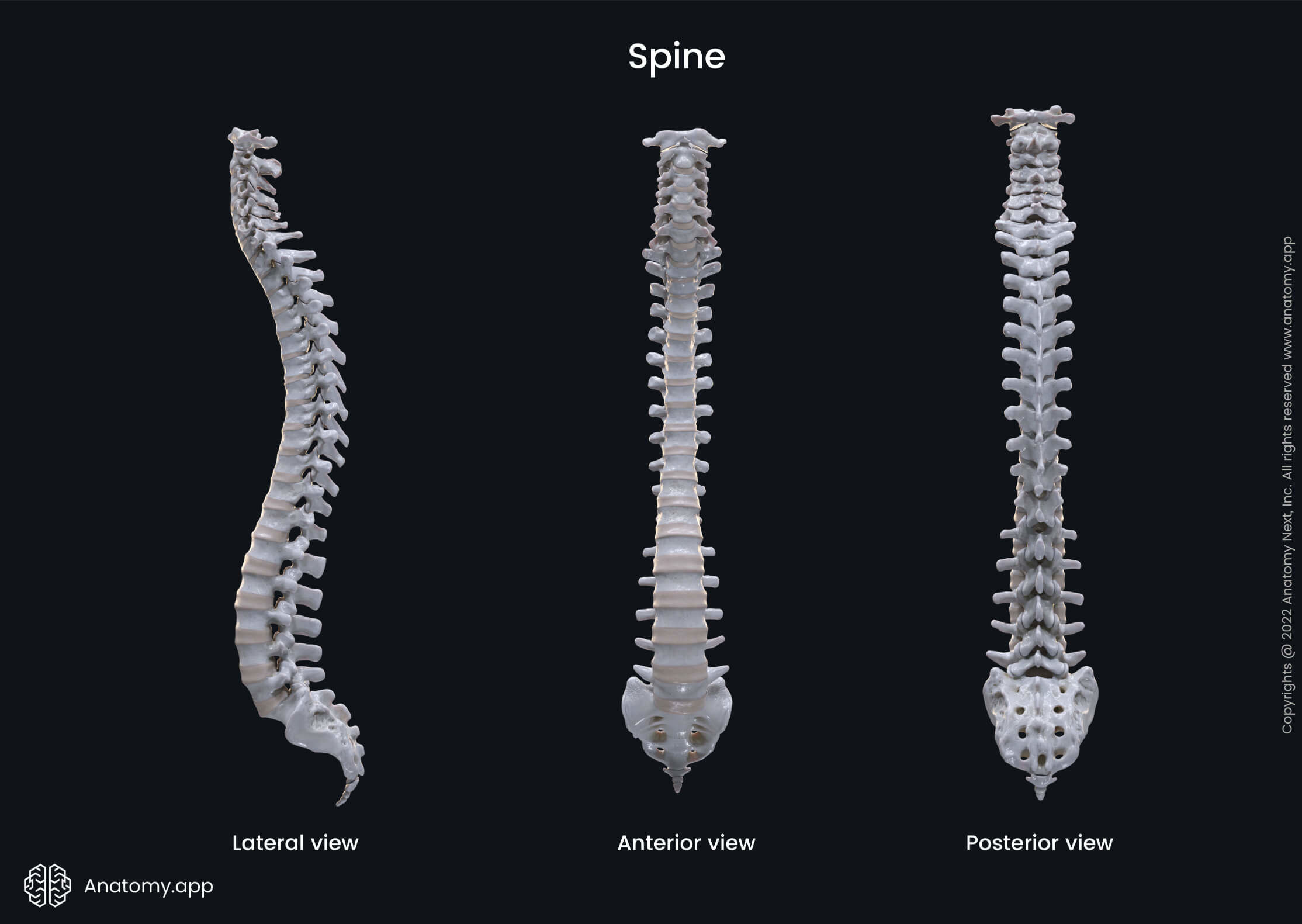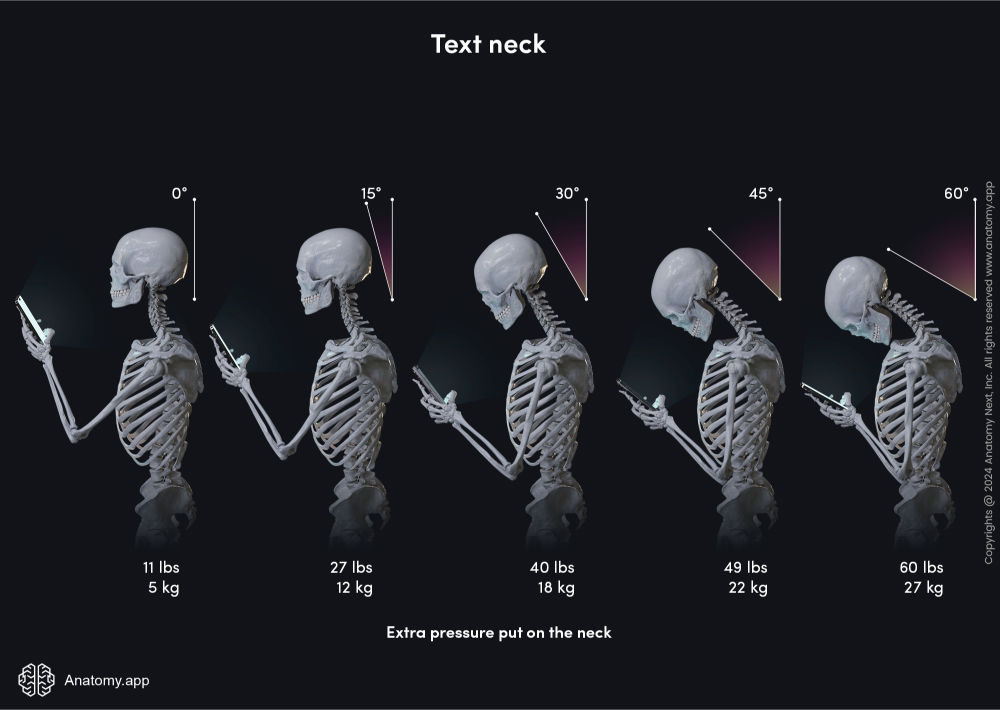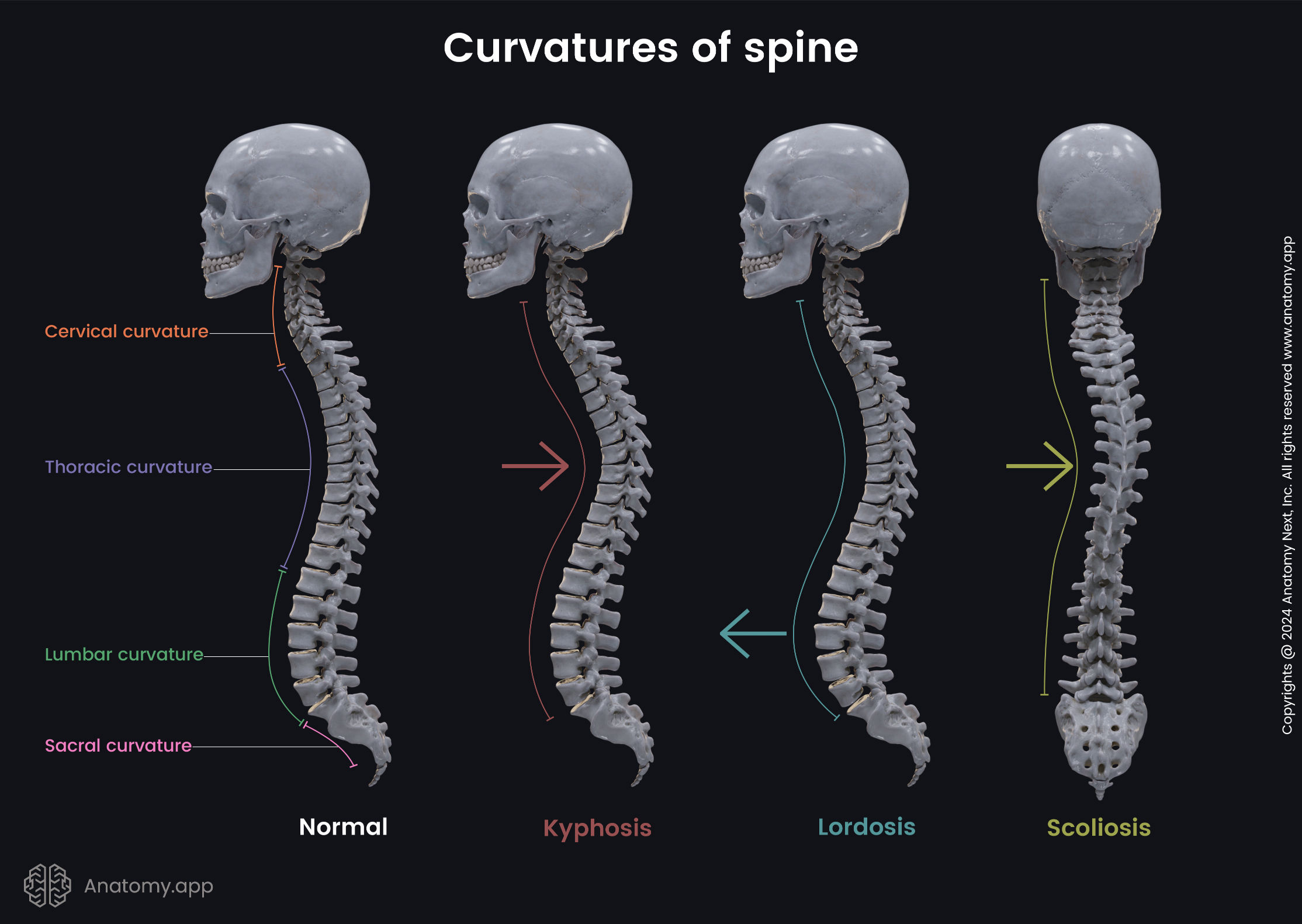5 Everyday Actions That Wreck Your Spine

The spine is a marvel of natural engineering, designed to provide both structural support and flexibility, enabling a wide range of movements while safeguarding the spinal cord within. However, the intricate balance of this vital structure can be easily disrupted by seemingly benign daily habits, leading to a spectrum of spinal health issues.
As we navigate the rigors of daily life, it's easy to overlook the small actions that can profoundly affect our spinal health. This article sheds light on five everyday habits that, while seemingly harmless, can lead to significant spinal issues over time.
Understanding Spine Anatomy and Health
The spine, an architectural wonder within the realm of human anatomy, serves as the main support structure of the body, enabling upright posture, movement, and the protection of the spinal cord. Comprised of a series of vertebrae, intervertebral discs, ligaments, and muscles, each component plays a pivotal role in the overall functionality and resilience of the spinal column. Within the intricate framework of human anatomy, the interplay between these spinal elements allows for a remarkable range of motion while maintaining the integrity of the nervous system housed within.

However, the spine's health is not solely dependent on its anatomical structure but also on the care and attention we give to it through our lifestyle choices. Everyday habits, from the way we sit to the loads we carry, can significantly impact spinal health. It's here that the importance of preventive care and education becomes evident. For those looking to safeguard their spine against potential issues, understanding how do you apply for insurance can be a crucial step. This knowledge ensures that individuals are not only equipped to prevent common spinal problems but also prepared to access necessary medical care without the burden of financial stress, should spine-related treatments become necessary.
Everyday Habits That Harm Your Spine
In the hustle and bustle of modern life, it's easy to fall into routines that, while convenient or habitual, can be detrimental to our spinal health. The spine, a complex structure that demands care and attention, can be compromised by everyday activities we seldom consider.
1. Poor Posture While Using Electronic Devices
The digital era has us constantly connected, but this convenience often compromises our posture. Bending our heads down to gaze at screens might put undue stress on the cervical spine, leading to the condition commonly known as "text neck syndrome." If not addressed, this forward head posture may strain muscles, compress discs, and lead to chronic pain. Countermeasures include setting up devices at eye level and incorporating neck and shoulder stretches into daily routines to relieve tension and reinforce proper posture.


Moreover, the sedentary nature of screen time contributes to weakening the supportive musculature around the spine, exacerbating postural issues. To combat this, adopting an ergonomic workspace that encourages proper alignment and taking regular breaks to stand and move can help maintain spinal health in the digital age.
2. Incorrect Lifting Techniques
Lifting objects improperly is a widespread issue that often leads to lower back injuries. The spine is equipped to distribute weight efficiently, but this balance is disrupted when objects are lifted with a bent back, placing excessive strain on the lumbar region. The key to prevention lies in using the legs — not the back — to bear the brunt of the load, maintaining a straight spine, and avoiding twisting motions that can further stress the back.

Education on safe lifting, including squatting down to the level of the object and holding it close to the body during the lift, can significantly reduce the incidence of lifting-related spinal injuries. Such practices not only protect the back at the moment but also contribute to long-term spinal health and functionality.
3. Prolonged Sitting
The sedentary lifestyle that defines much of modern work and leisure activities is particularly harmful to the lumbar spine. Extended periods of sitting, especially in chairs that lack proper support, can lead to a host of spinal issues, including decreased flexibility, weakened muscles, and increased disc pressure. Integrating movement into the day, whether through standing desks, regular stretching breaks, or walking meetings, is crucial to alleviate these risks.
An ergonomic approach to seating is also vital. Chairs that support the spine's natural curvatures and encourage dynamic sitting positions can help mitigate the adverse effects of prolonged sitting, ensuring the spine remains supported and active even during long hours at a desk.

4. Inadequate Sleep Support
Sleep is critical for spinal recovery, but the wrong mattress or pillow can do more harm than good. A sleeping surface that fails to support the spine's natural alignment can lead to muscle tension, joint pain, and a disrupted sleep cycle, impacting overall spine health. Identifying a mattress and pillow that cater to individual needs, considering factors such as firmness and sleeping position, can vastly improve sleep quality and spinal health.
Regular evaluation of sleep support is also essential, as materials can degrade over time, losing their ability to provide adequate support. Ensuring that sleep environments bolster, rather than detract from, spinal health is a key component of a holistic approach to maintaining a healthy back.
5. Carrying Heavy Bags on One Shoulder
The convenience of slinging a bag over one shoulder comes at a cost to spinal alignment. This habit forces the spine to compensate for the uneven weight distribution, often leading to muscle imbalances, shoulder strain, and spinal misalignment. The solution lies in mindful weight distribution, opting for backpacks or bags that can be carried evenly across the body or regularly switching the carrying shoulder to avoid overburdening one side.
Lightening the load can also alleviate stress on the spine, encouraging a regular audit of bag contents to ensure only essential items are carried. This practice benefits the spine and fosters a minimalist and efficient approach to daily life, reducing physical and mental clutter.
Wrapping Up
Embracing a lifestyle that nurtures spinal health is more than just a series of adjustments; it's a commitment to holistic well-being. The spine, as the central pillar of our body, requires continuous care and mindfulness in our daily actions. By integrating the insights and practices discussed, individuals can foster an environment where the spine is respected and protected, paving the way for a life of mobility, strength, and vitality.